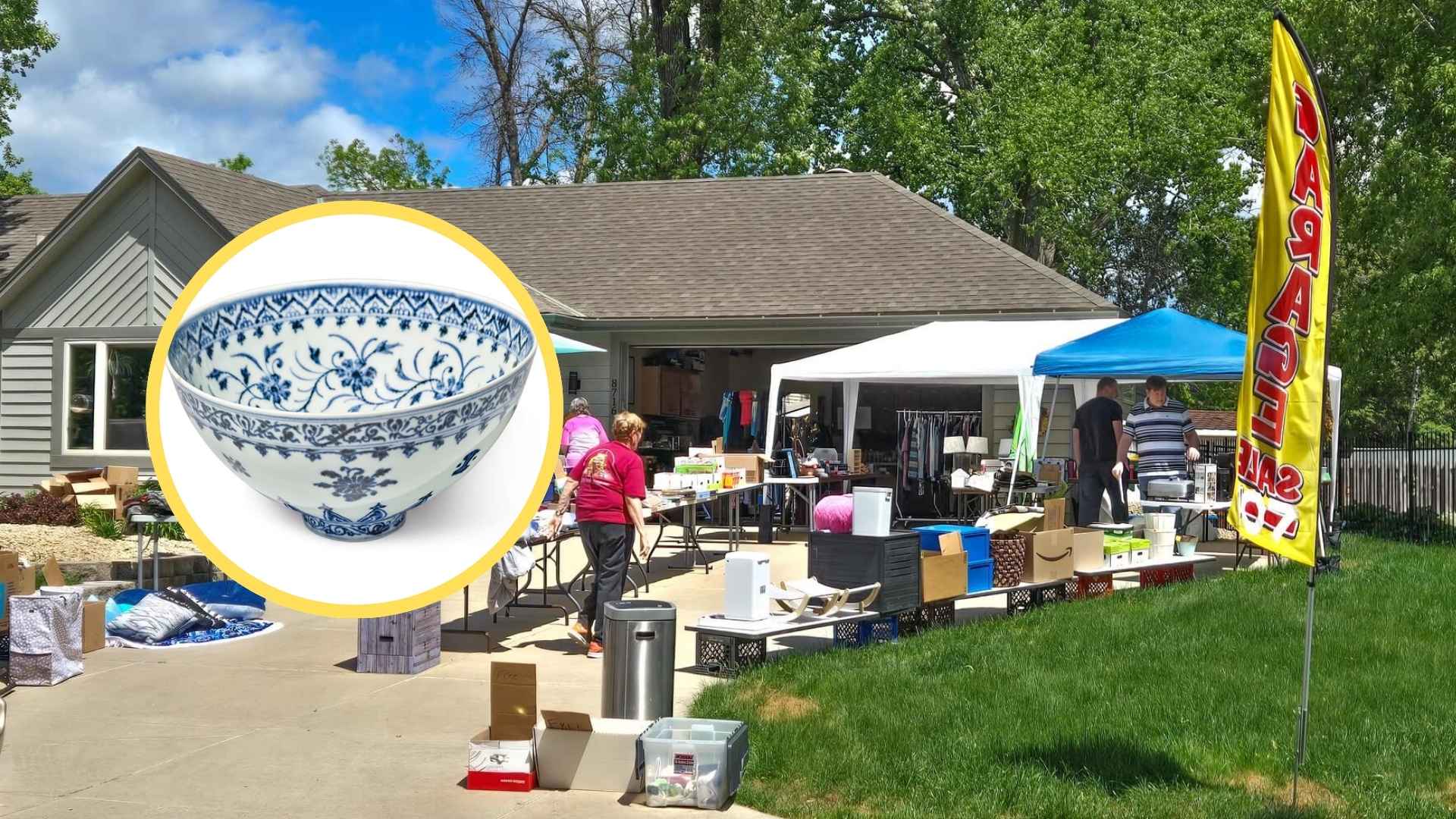An anonymous buyer’s garage-sale find in New Haven heads to Sotheby’s with a six-figure estimate. A small white porcelain bowl painted in cobalt blue—snapped up last year at a garage sale in New Haven, Connecticut for $35—has been identified as a 15th-century Ming Dynasty piece. Sotheby’s in New York plans to auction the “lotus bowl” on March 17 during Asia Week, with an estimate of $300,000 to $500,000. What turned a $35 buy into a six-figure treasure?
How a $35 Connecticut garage sale bowl became a Ming Dynasty treasure? After the purchase, the buyer emailed photos to Sotheby’s. Ceramics specialists Angela McAteer and Hang Yin swiftly recognized something exceptional and, on inspection, connected it to the Yongle reign (1403–1424), celebrated for refined porcelain and a creamy, silky glaze. Rarity raises the stakes: only seven such bowls are known worldwide, most in museums in London and Taiwan, and none in the United States. Below, a key details at a glance:
| Item | Fact |
|---|---|
| Purchase price | $35 (about €28.9) |
| Where found | New Haven, Connecticut, garage sale |
| Object | Lotus bowl, white porcelain with cobalt-blue floral and figure motifs |
| Diameter | Approximately 16 centimeters |
| Auction house | Sotheby’s, New York |
| Sale date | March 17 (Asia Week) |
| Estimate | $300,000–$500,000 |
| Rarity | One of seven known; no examples in U.S. collections |
Taken together, those facts explain the leap from trinket to treasure.
Sotheby’s experts link the lotus bowl to Yongle era craftsmanship. The experts cited telltale signs: painting style, bowl shape, and the vivid blue characteristic of early 15th-century wares. During the Ming period (1368–1644), imperial workshops in Jingdezhen produced such pieces for the court. Four designs of smaller bowls from the Yongle years are documented, two shaped like a lotus bud; all four examples reside in Beijing’s Palace Museum.
What this rare find means for collectors, museums, and casual buyers
For collectors, the sale offers a court-quality Yongle work seldom available. For museums, it’s a chance to add a type absent from U.S. institutions. And for weekend treasure hunters, it’s proof that careful looking still pays off.
If you spot something comparable, consider:
- Requesting an expert appraisal from a major auction house.
- Preserving condition and documenting how you obtained the piece.
- Comparing motifs and shapes with authoritative references before rushing to sell.
Who will end up with it on March 17?
Conclusion: A once-overlooked trinket now carries global interest, bridging a Connecticut driveway and imperial China in one remarkable bowl.

